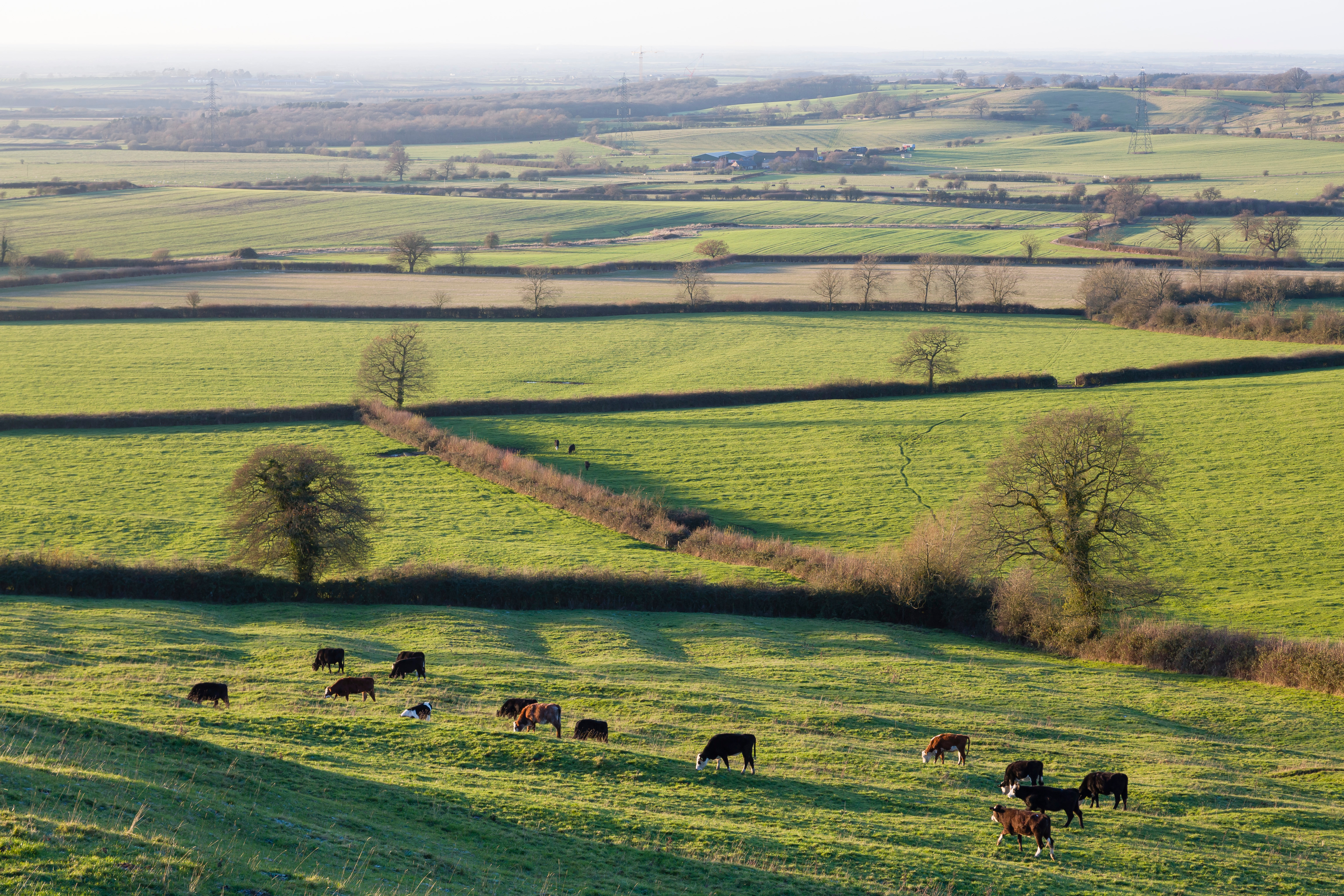 Hedgerows are created by planting dense types of vegetation including sedges, perennial grasses, and shrubs in linear patterns to surround farm fields. The ideal grasses and shrubs are plants whose stems will stand at least three feet upright and will remain during winter seasons. Hedgerows composed of native vegetations tend to provide the greatest benefits, and consideration should be given to how shading and root growth when the plants fully mature will affect nearby plants and microclimates.
Hedgerows are created by planting dense types of vegetation including sedges, perennial grasses, and shrubs in linear patterns to surround farm fields. The ideal grasses and shrubs are plants whose stems will stand at least three feet upright and will remain during winter seasons. Hedgerows composed of native vegetations tend to provide the greatest benefits, and consideration should be given to how shading and root growth when the plants fully mature will affect nearby plants and microclimates.
Hedgerows provide visual and physical screens against dust and chemical drifting. This screening also dilutes noise and can enhance the visual appeal of a landscape. They help to enhance crop pollination and integrate pest management by creating habitats for beneficial insects as well as pollen, nectar, and breeding spaces for various pollinators. They provide further support for wildlife by creating cover, nesting space, and food sources for native wildlife including birds and other mammals.
Learn more about how to create and maintain hedgerows to gain their benefits on the CA Field Office Technical Guide website.
The following sections highlight some of the most applicable and effective methods for the Sacramento region and provide access to additional sources to learn more.
